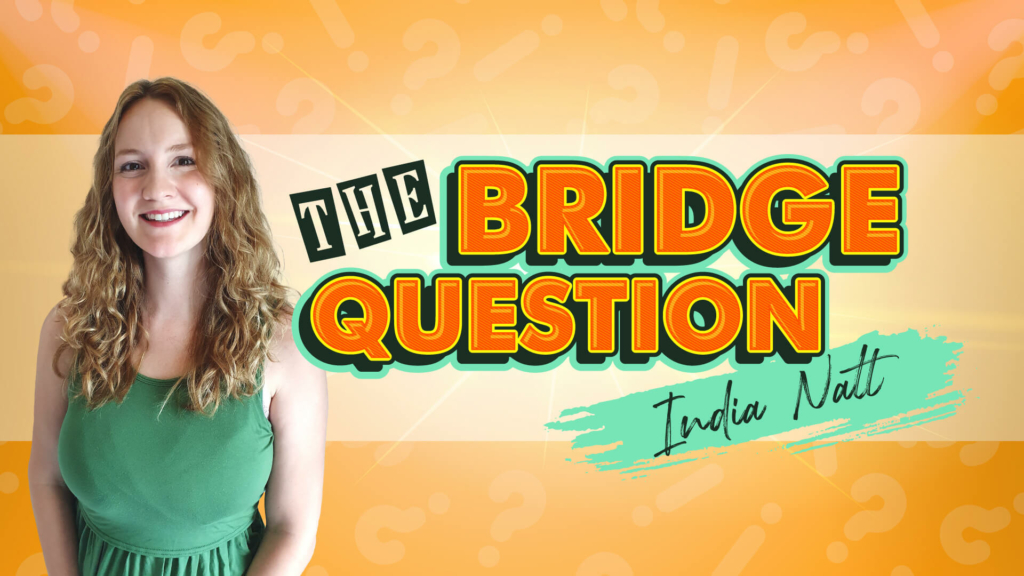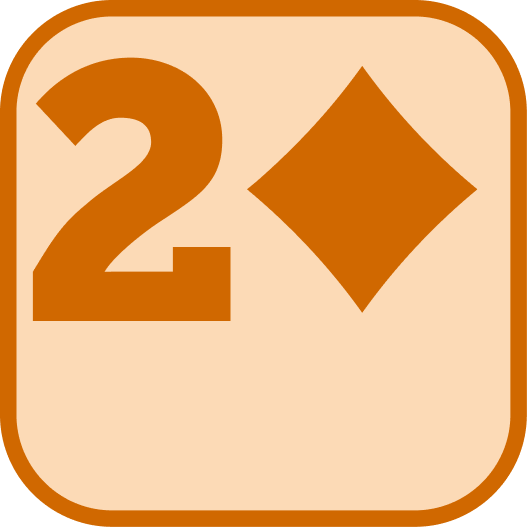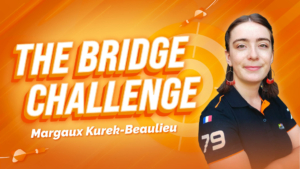
What would be your next bid?


What would be your next bid?
The solution
This is a great position for considering the system you are playing. Playing a strong NT and five-card majors with Argine, I would rank the options as follows:

15/15 ✅
You want to make sure you find a major fit if you have one and, on this hand, there are two majors to consider. Adding ♦ into the mix as well when slam is unlikely will simply make this task more difficult if your partner shows a weak NT next. When choosing between your majors, show the lower of two four-card suits.

Not that you would never make this bid with this shape: if your hand were stronger, you would not want to preclude a potential 6♦ contract at this stage. But you are not all that strong. Of course, Partner could be strong himself for the 1♣ bid, in which case 6♦ is a very possible contract. But do remember that if you are making 6♦, your partner will often be able to reverse into 2♦ next anyway. The problem is if he has an 18-19 balanced hand… but then he is unlikely to show a diamond fit even if you do respond 1♦!
10/15

There is really no reason in favour of showing the spades first; not even the fact that it’s ♠! There are reasons not to, though. Bidding 1♠ might result in you missing a heart fit even if your partner is unbalanced because he will not be strong enough to reverse into ♥ with a minimum and if you follow up with 2♥, Partner will take you for 5♠4♥. However, if he has four spades, he still has space to bid 1♠ over a 1♥ response.
0/15
The auction continues and then you encounter another decision.

What will your rebid be?

15/15 ✅
Straight to the point: you have a spade fit and would like to play in a game. Your singleton in Partner’s suit is unlikely to be a useful singleton and may significantly devalue Partner’s hand. On top of that, you have poor trumps and gaps in the red suits.

Your plan is presumably to force to game with Fourth Suit Forcing (FSF) before agreeing ♠, which will leave more bidding space available for you to discuss slam if Partner is strong. This is a noble endeavour; but you should remember that by not bidding a direct 4♠ immediately, you have denied a hand of minimum game-forcing strength. This is important because FSF followed by spade support must then logically be a mild slam try. Don’t try to bid Partner’s hand for him: bid yours instead!
10/15

A splinter would be a perfect description of your shape, so why have I awarded it the lowest score? Well, this splinter would be in Partner’s suit, so there are two reasons:
1. It is unlikely to excite your partner and may simply give the opponents a clue about what to lead.
2. Are you sure that Partner will take this as a splinter? Or might he think it is showing a double fit? Or worse: a slam try in ♣? Avoid the murky and probably unhelpful bid!
5/15

The full deal:

What did you think of India Natt’s question?
Share your opinion and your score in the Commentary Section!




Very helpful,,,I was tempted to bid 2NT after the 1 Spade but realised this would have shown a more balanced hand than I had and underbid my HCP
Why would the opener not bid 2 clubs on second bid to show it was a real suit? Unless « Least of the Minors » is not a convention used.
I think 1D is better. If partner has a four card major he/she will bid it and you can raise to game.
I really appreciate Natts guidance thank you
I agree completely with her reasoning.
Thank you. I like « the what would you bid? » It sets me thinking.
Why didn’t India comment on the bid of 2NT. It was the first bid I thought of.
I would also reply 1NT.
I think you must show a major if you have one, and the lower major of fours (even with, say, 5 Ds and a void club – the Walsh convention). Bidding 1D is a poor 2nd possibility hoping that partner will bid her major, thus finding the fit.